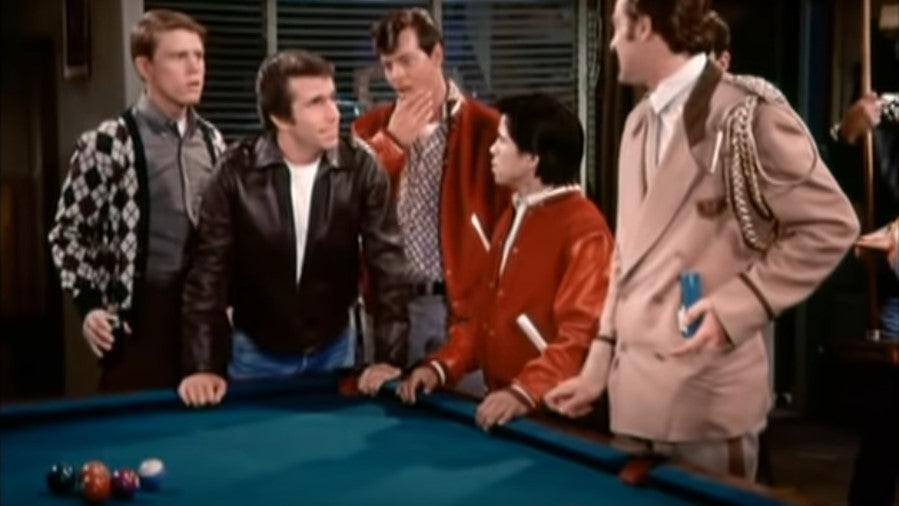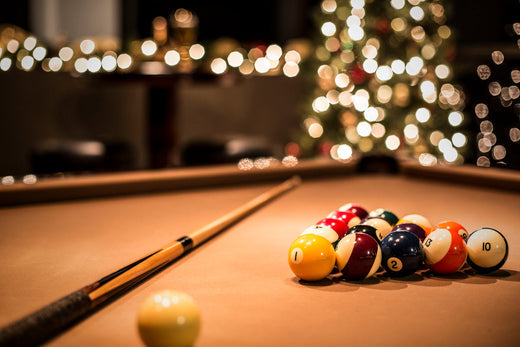Baseball pool is a game that uses twenty-one numbered balls and the cue ball. The game uses a special “baseball set”, with special balls numbered sixteen through twenty-one (a normal set of balls are numbered one through fifteen). The game also uses an oversized rack for proper racking.
The foot spot where the balls are racked is called “home plate”. The 9-ball is known as the “pitcher”, and is placed where the center of the rack would be in a 15-ball game. From the racker’s point of view, the 1-ball is placed at the apex of the racking triangle, the 2-ball is placed in the right corner, and the 3-ball is placed in the left corner. The remaining balls may be placed randomly.
In baseball pool, players call their shots before shooting (with the exception of the break). Incidental balls pocketed may count for the player if the the shot is successful, but must be returned to home plate if the called shot is not successful. Each player is allowed nine “innings”, which are played in succession. Each inning continues until the player misses a called shot or scratches, at which point the score for that inning is recorded and the player proceeds to the next inning. Once nine innings are completed, the balls are re-racked and the next player is “at bat” and may begin the next nine-inning session.
Players are awarded scores according to the number on the ball. For example, if a player pockets the 12 and 13 balls in one inning, a score of twenty-five points is awarded for that inning.
If a player commits a foul, no score is awarded for any balls pocketed on the fouled stroke. Furthermore, no score is awarded for the immediately preceding pocketed ball, even if said ball was from a previous inning. Any balls pocketed on the fouled stroke must be returned to home plate. If a player fouls yet has not pocketed any balls, the very next pocketed ball is spotted at the end of the inning and the score for said ball is not awarded to the player.




